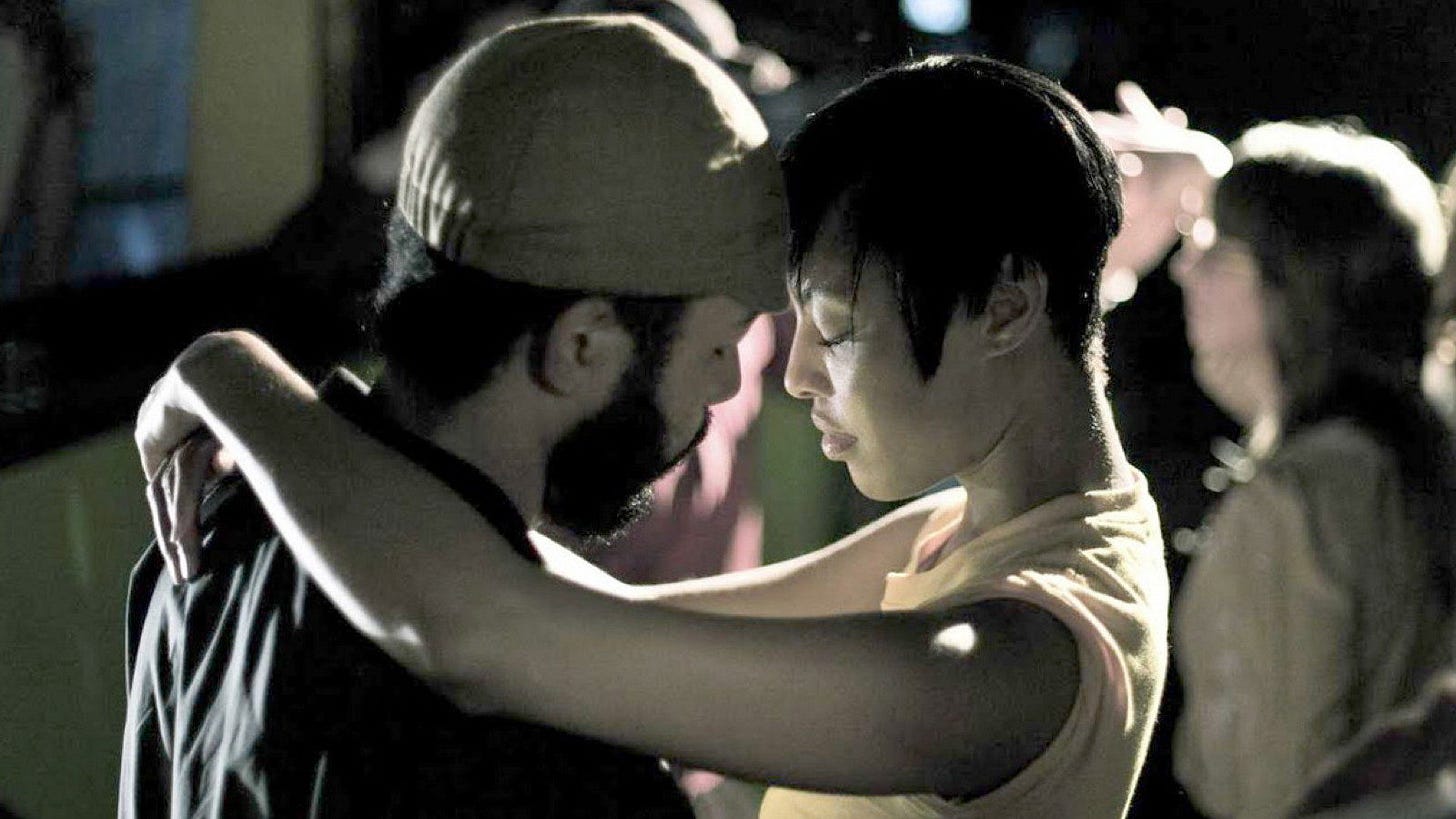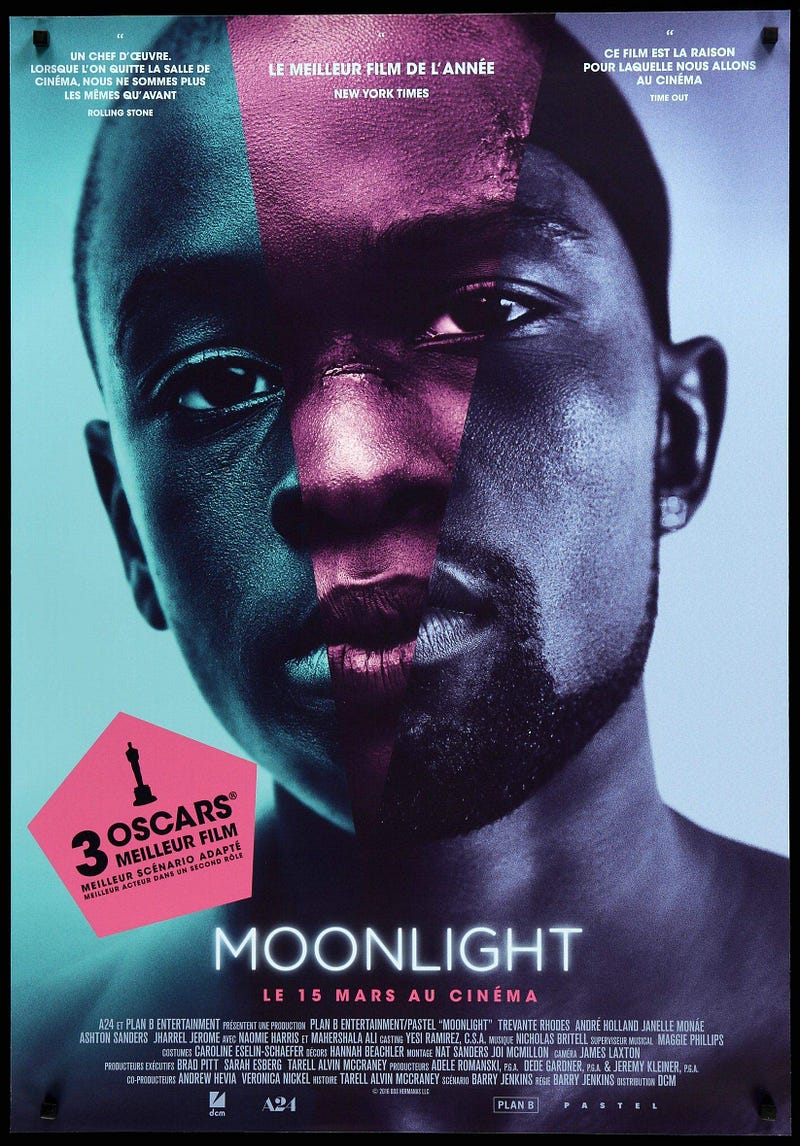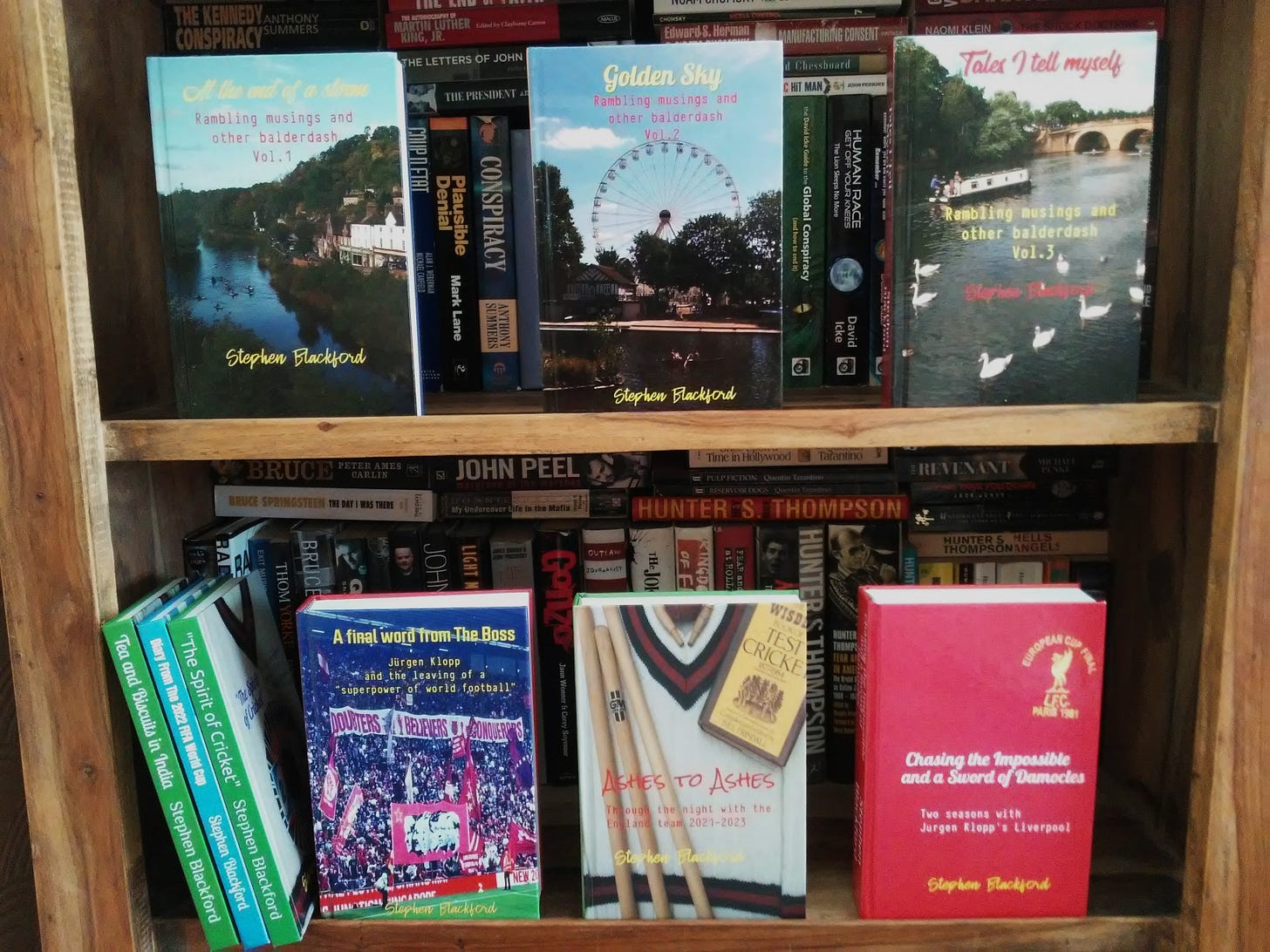Medicine for Melancholy (2008) — Read Along
“So what do two black folks do on a Sunday afternoon?”

The few minutes preceding the opening credits of Barry Jenkins’ debut feature set the tone entirely for the coming hour and a half, with long periods of silence punctuated by awkward, nervous glances or brief fractured conversations, unusual and oblique camera angles of routine everyday occurrences, majestic wide shots of the city of San Francisco from high upon a hill and all conveyed to the audience via desaturated black and white cinematography. With only glimpses of occasional colour (mainly pale, saturated reds), the film is entirely in black and white and covers one single sunny Sunday in the lives of Micah and Jo, who whilst awkwardly dealing with the aftermath of a one night stand now spend the following day together in search of the American Dream, of black culture and their shared roots, of lust and friendship and common ground in a city in which they remain a statistical and cultural minority.
A lost wallet throws these disparate characters back together after a tense opening to the film whereby no words are spoken by either Micah or Jo for the first three minutes and only then the tension is broken by the host of the party they are quietly leaving from. The first word uttered between the two is an awkward “sorry” before Micah invites Jo for a coffee before also admitting “I’m sorry. It’s kind of embarrassing but I forgot your name”.
Sharing a taxi and very little in the way of conversation, their rendezvous is at an end before Jo’s lost wallet intervenes and brings the following two characters together for a day in the sunshine:
“Micah” (Wyatt Cenac) On the surface Micah is a smiling free spirited aquarium installer but bubbling under his outer surface is a recently broken hearted man seeking love and perhaps more interesting and intriguing, his own self acceptance as a black man. Definitions and labels pervade the majority of his thinking, whether it’s the legitimacy of interracial dating, his unease at being only within “7% of the population” or his fractious relationship with the city in which he resides and perfectly encapsulated in his outburst of “I love the city. Hate the city. No, I love the city”. Micah has a big, joyous heart but this is so often lost in his battle for acceptance in a city and a culture overtaken by Hippies, Yuppies and Hipsters.
“Jo” (Tracey Heggins) Struggling to deal with both the moral dilemma and the hangover of the previous evening, Jo is awkwardly wordless and cold at the film’s beginning as she seeks a discreet retreat from her rendezvous with Micah. Her first smile, as her overnight beau sings an awful acoustic lament of “Won’t You Be My Neighbour?” breaks the ice of the film as well as Jo and we quickly discover there is far more to her than initially meets the eye. With a white boyfriend working in London and both a working interest in an art gallery and as a t-shirt maker, Jo is far more at home in her own skin than Micah, being both metropolitan and indeed cosmopolitan, Jo seemingly enjoys her life free from angst at the city or the world around her.
Her smiles truly illuminate the film.
In a film of only 18 total characters, “Medicine for Melancholy” is a true two handed film in every sense as Micah and Jo are constantly on screen and only not visible in one short scene regarding the paucity of affordable housing in San Francisco. As such, it falls to both Wyatt Cenac and Tracey Heggins to propel the film in their respective roles and boy do they both achieve this! As described above they are clearly both different people from differing backgrounds and points of view on the world around them. This is played brilliantly throughout the film by the actors themselves but equally through Jenkins thoughtful and clever narrative strand of mirroring the lives of the other as we see each of the protagonist’s apartments, style of life, their accomplishment on the acoustic guitar and even their Myspace pages. This may sound trite but seen in the context of the film, the mirror to each other’s lives and in such a short span of time is brilliantly employed, as are some of the signature scenes of the film, be it a joyful stroll through the city in the sunshine, a carousel ride or the most pleasing scene of all, the dancing lovers giving their all in a nightclub at the end of a day they will both truly never forget. Here, the music in the film comes to a glorious crescendo with “Shake Shake Shake” by White Denim but there are so many wonderful music choices throughout from “New Year’s Kiss” through many more until the end credits and the brilliantly simple and haunting “Tonight Was a Disaster”.
Drawing on the pertinent issues of the day, from the lack of affordable housing in San Francisco due to the changing nature and gentrification of the city, black minority culture, the slave trade and the widening gap between the rich and poor of every city across the world, Barry Jenkins’ debut film is all this and so much more.
A beautiful love story.
A beautiful cosmic accident.
A beautiful film!
And one which, when you’ve seen it once, you may well turn around immediately and want to watch again.
Thanks for reading. I hope this message in a bottle in The Matrix finds you well, prospering, and the right way up in an upside down world.







